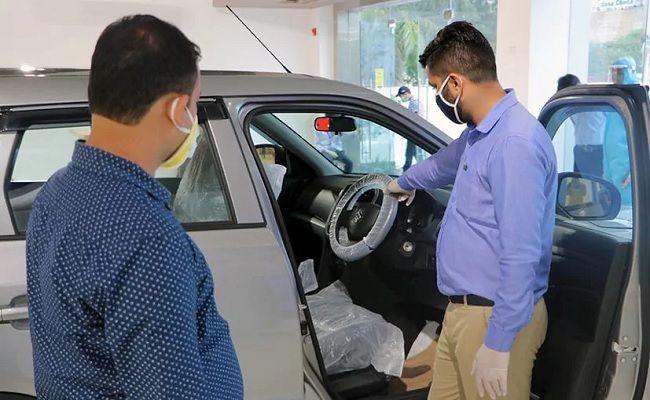Difference Between On-Road vs. Ex-Showroom Prices

Highlights
On-road and ex-showroom costs are part of the entire cost of owning a vehicle. However, customers should be aware of some salient differences between on-road and ex-showroom costs. Incomplete information could lead to the customer spending more than what is required, and that is not an ideal situation.
Ex-showroom cost
Ex-showroom cost is the cost of the vehicle excluding three factors – registration fee, road tax, and insurance premium. In addition, this cost includes goods and services tax, ex-factory cost, and the dealer's profit margin.

Photo Credit: pixabay.com
On-road cost
Simply put, this is the cost paid between the interval of bringing the car from the showroom to one's home. It includes – registration charges, road tax, insurance, accessories, and any additional costs applied to the car.

Photo Credit: pixabay.com
Differences
By undertaking a basic comparison, one cannot fail to realize that the on-road cost is much more than the ex-showroom cost on any occasion. This is pretty obvious since the parameters of ex-showroom cost are fixed and can be anticipated because that is the price listed by dealers. On the other hand, on-road costs include a lot of factors that may vary across states. In other words, the on-road cost is the final purchase price of the car.

Photo Credit: pixabay.com
Additional factors in On-road cost
- Registration Charge: The Regional Transport Office needs to be notified, and the registration charge needs to be paid. Without paying this charge, the car cannot leave the showroom.
- Road Tax: The tax that the customer pays for using the roads comes under on-road costs.
- TCS: Tax collected at the source is a charge that the dealership takes from the customer. This does not come under ex-showroom cost.
- Green Cess: This majorly depends on government norms and the current policy that the government is using.
- Extended Warranty: The car manufacturers provide a certain amount of time as the warranty for the car. Customers have an option to extend this warranty period if they think it's useful.
- Annual Maintenance Package: This depends on how the customer plans to go ahead with servicing the car. If the user chooses to go to a third-party dealership, this package makes no sense. But, if the customer plans to stick with the dealership, then this package could be a money saver.
- Handling Charges: The dealership can also charge the customer for the money it took to bring the car from the factory to the dealership.
- Accessories: Accessories include stuff like floor mats, extra cushions, etc., anything to the customer's liking to enhance the driving experience.
- Insurance: This is mandatory and a safety net for the customer in case anything bad happens to the car.
Owning a car can be a costly affair. The maintenance itself can cost a lot if the servicing isn't regular and the parts malfunction.














